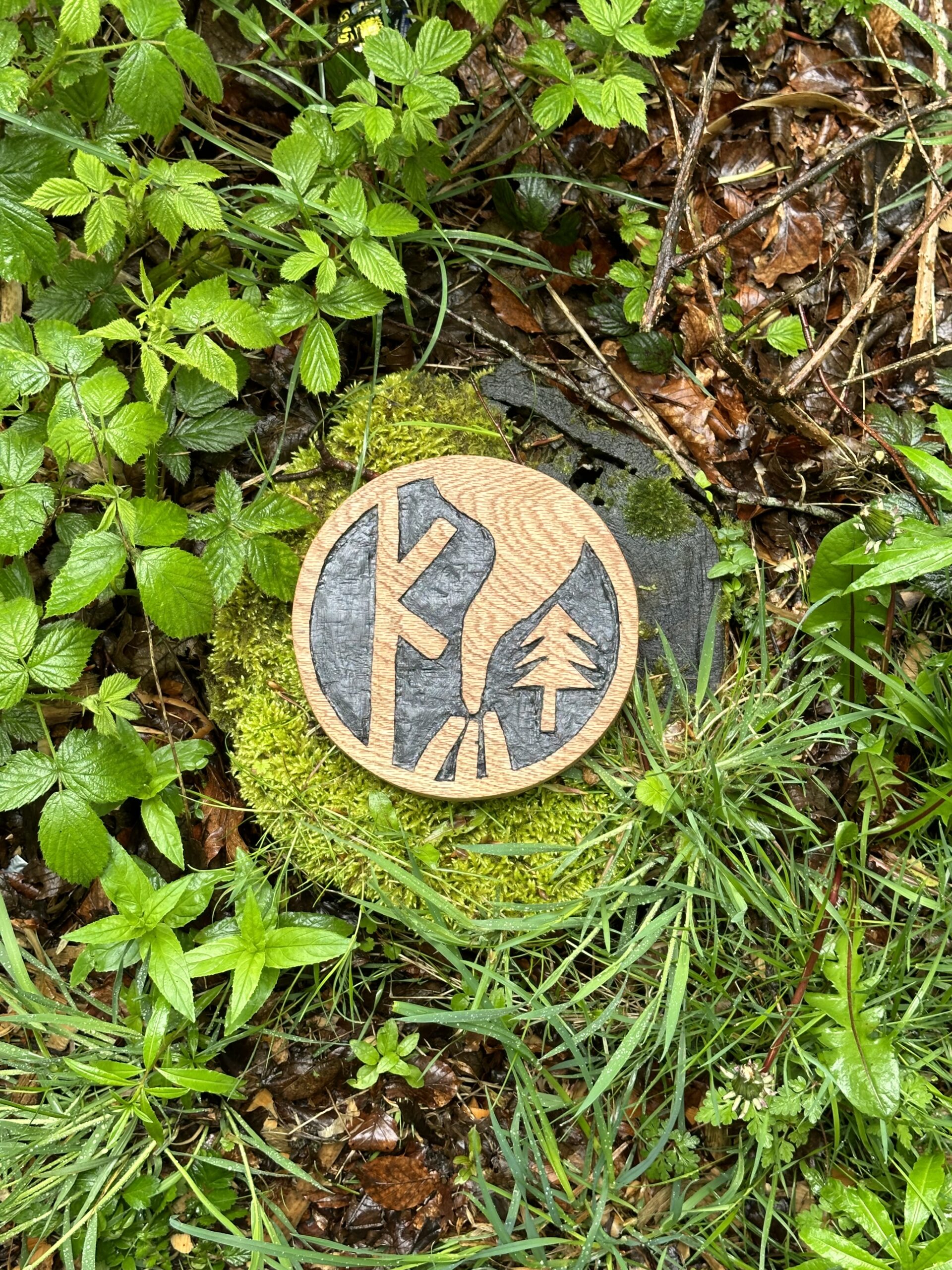
Three Basic Plants
Going on a journey with the Kibbo Kift is not just about the colour green; it’s also about forging ties with nature. A fundamental maxim of the Kibbo Kift is that we try to leave the world better a better place. Biodynamics, Permaculture and other sustainable, regenerative and healthy methods are therefore high up on the agenda and as you go through these courses you will learn a lot more about these things.
As you begin exploring into biology and herbalism with the KK, understanding the basics of plant and fungi identification is very important. Here’s a quick guide to spotting a few plants and fungi, along with some tips for safe foraging:
1. Nettle (Urtica dioica):
Nettles are ubiquitous and easily recognizable, making them an ideal starting point for novice foragers. Look for plants with serrated leaves arranged opposite each other along the stem. Be cautious when handling nettles, make sure to use gloves. However, once cooked or dried, nettles are a nutritious and versatile ingredient in soups, teas, and salads.
2. Dandelion (Taraxacum officinale):
Dandelions are familiar sights in fields, meadows, and even urban environments. Their distinctive yellow flowers give way to fluffy seed heads that disperse in the wind. Dandelion leaves are edible and packed with vitamins and minerals.
3. Elderberry (Sambucus nigra):
Elderberry bushes are recognizable by their clusters of small, dark purple berries and compound leaves with serrated edges. While elderberries are rich in antioxidants and vitamin C, consuming raw elderberries can cause gastrointestinal upset. To enjoy their benefits safely, elderberries should be cooked or processed into jams, syrups, or tinctures.
Safety Tips for Foraging:
- Always be 100% certain of a plant or fungus’s identity before consuming it.
- Never forage in areas that have been treated with pesticides or other chemicals.
- Respect local regulations and permissions regarding foraging on public or private land.
- Harvest only what you need and leave enough for wildlife and future growth.
- If in doubt, consult a knowledgeable guidebook, attend workshops, or seek guidance from experienced foragers.
The Green Book
An important part of Kibbo Kift Scouting is the Green Book. It’s essentially a notebook where you keep samples of plants, feathers, minerals etc. If you don’t have a book, that’s fine, but in the next stages of scouting and rovering the book is required to progress, so get a strong and solid notebook (it doesn’t have to be green) and prepare for gathering samples. If you would like, put five samples of plants in there before you finish the novice course.
